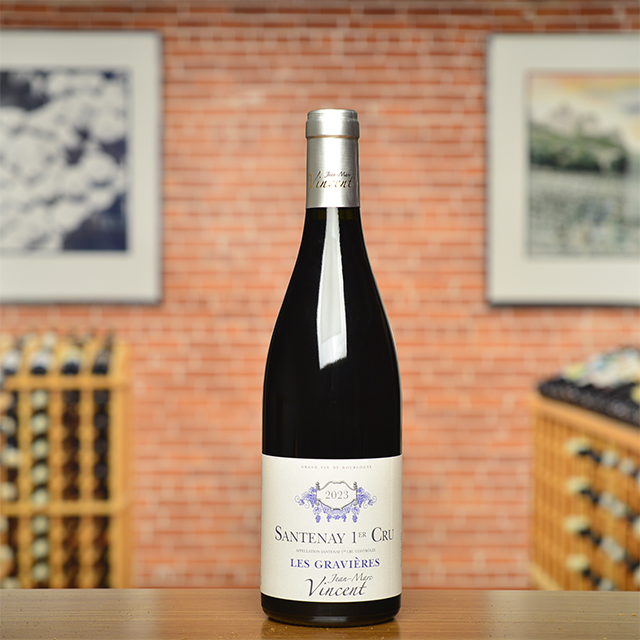Notify me
2019 Coteaux du Loir Rouge “Cuvée du Rosier”
Pascal Janvier
This reasonably priced, delicately flavored charmer is made from 100% Pineau d’Aunis, an indigenous red grape we hold dear to our collective hearts because of its mystifying aromatics, low alcohol, and bright, juicy texture. White pepper, roses, and strawberry fields come to mind, while a subtle palate-tickling spritz livens it up further (this effect is intentional, but if it bothers you, simply shake up the bottle or decant it). A team player at table, this red works well with many diverse cuisines; try it with numbing Szechuan fried chicken for a delicious revelation.
—Anthony Lynch
| Wine Type: | red |
| Vintage: | 2019 |
| Bottle Size: | 750mL |
| Blend: | Pineau d'Aunis |
| Appellation: | Coteaux du Loir |
| Country: | France |
| Region: | Loire |
| Producer: | Pascal Janvier |
| Winemaker: | Pascal Janvier |
| Vineyard: | 25 years, 1.6 ha |
| Soil: | Clay, Sand |
| Farming: | Lutte Raisonnée |
| Alcohol: | 13.5% |
More from this Producer or Region

2022 Jasnières “Cuvée Sainte Narcisse”
France | Loire
It might be the most unusual and most delicious top-quality sweet wine you have ever tried.
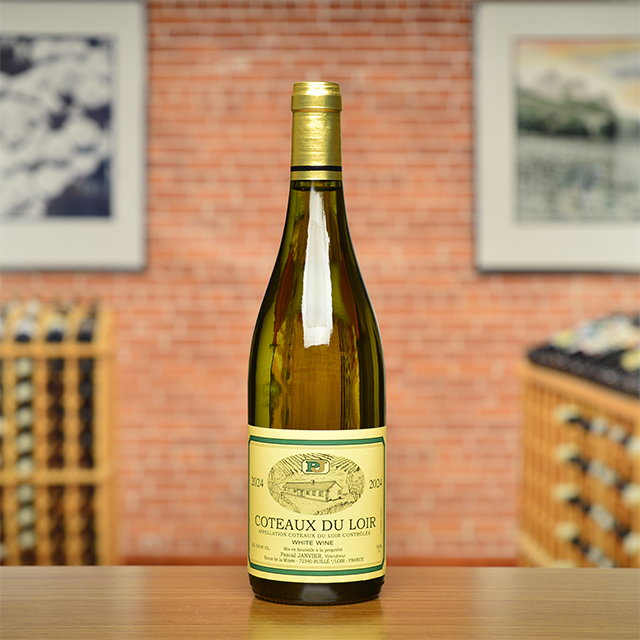
2024 Coteaux du Loir Blanc
France | Loire
Exotically perfumed with hints of guava, musk, and clove, it finishes dry and quite flinty.

2024 Jasnières
France | Loire
Racy, slightly honeyed, exotically perfumed, and loaded with minerality, this wine is an excellent representation of how Chenin reacts to the local conditions.
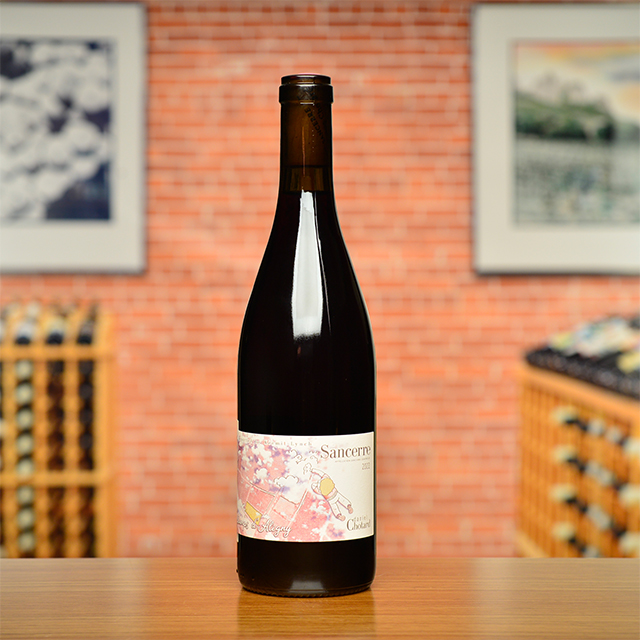
2022 Sancerre Rouge “Champs d’Alligny”
France | Loire
Previously blended into the domaine’s Sancerre rouge, the Champs d’Alligny is now its own bottling, a successful experiment if there ever was one.
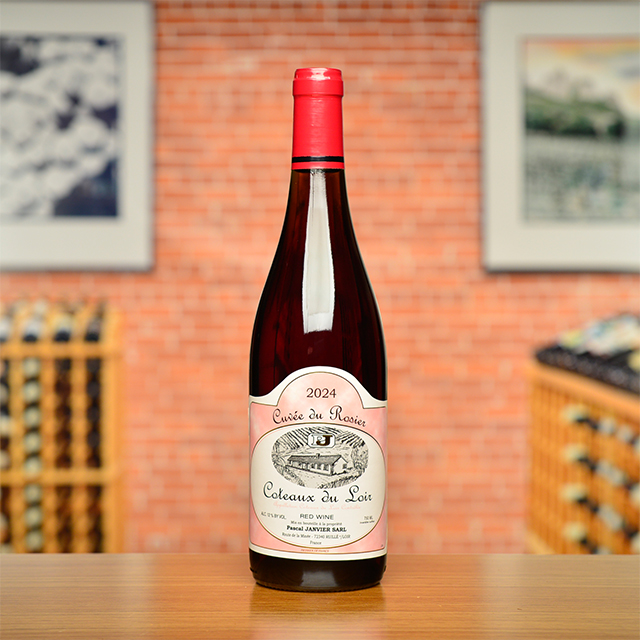
2024 Coteaux du Loir Rouge “Cuvée du Rosier”
France | Loire
This red is 100% Pineau d’Aunis, an indigenous red grape we hold dear because of its mystifying aromatics and bright, juicy texture.

Vouvray Brut
France | Loire
Made from Chenin Blanc in the Champagne method, this cuvée is the quintessential apéritif sparkling wine, with notes of apple and pear and a fine bead.
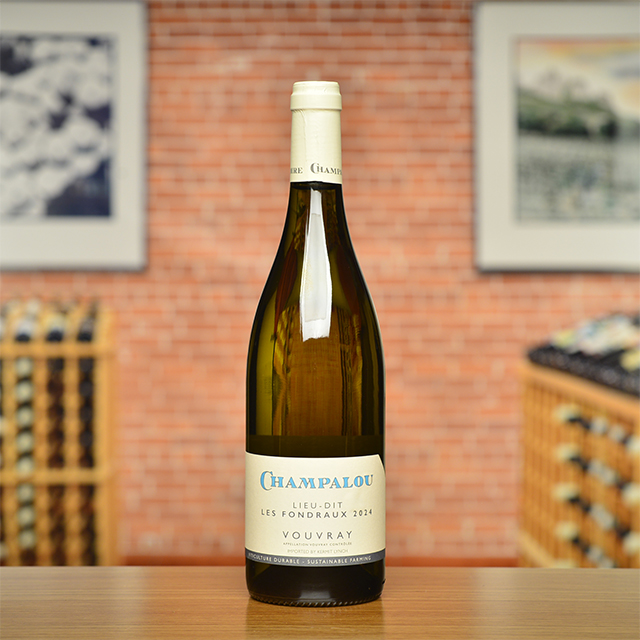
2024 Vouvray “Les Fondraux”
France | Loire
The contrast of ripe, succulent Chenin Blanc fruit with a spike of flinty minerality is like licking honey off an arrowhead.

2021 Chinon “Le Clos Guillot”
France | Loire
Even though all of the wines hail from Chinon, the soil, elevation, and exposition all combine to make Le Clos Guillot their cuvée with the most finesse.

2023 Reuilly Pinot Noir
France | Loire
Gently perfumed and full of fresh berries with the bright, stony finish typical of wines from Reuilly

2024 Val de Loire Sauvignon Blanc “Unique”
France | Loire
Lime blossoms delivered via a lightning bolt of minerally refreshment.
About The Producer
Pascal Janvier
About The Region
Loire

The defining feature of the Loire Valley, not surprisingly, is the Loire River. As the longest river in France, spanning more than 600 miles, this river connects seemingly disparate wine regions. Why else would Sancerre, with its Kimmeridgian limestone terroir be connected to Muscadet, an appellation that is 250 miles away?
Secondary in relevance to the historical, climatic, environmental, and cultural importance of the river are the wines and châteaux of the Jardin de la France. The kings and nobility of France built many hundreds of châteaux in the Loire but wine preceded the arrival of the noblesse and has since out-lived them as well.
Diversity abounds in the Loire. The aforementioned Kimmeridgian limestone of Sancerre is also found in Chablis. Chinon, Bourgueil, and Saumur boast the presence of tuffeau, a type of limestone unique to the Loire that has a yellowish tinge and a chalky texture. Savennières has schist, while Muscadet has volcanic, granite, and serpentinite based soils. In addition to geologic diversity, many, grape varieties are grown there too: Cabernet Franc, Chenin Blanc, Sauvignon Blanc, and Melon de Bourgogne are most prevalent, but (to name a few) Pinot Gris, Grolleau, Pinot Noir, Pineau d’Aunis, and Folle Blanche are also planted. These myriad of viticultural influences leads to the high quality production of every type of wine: red, white, rosé, sparkling, and dessert.
Like the Rhône and Provence, some of Kermit’s first imports came from the Loire, most notably the wines of Charles Joguet and Château d’Epiré—two producers who are featured in Kermit’s book Adventures on the Wine Route and with whom we still work today.
More from Loire or France
2022 Chinon Blanc
Bernard Baudry France | Loire
2024 Chinon Rosé
Bernard Baudry France | Loire
2021 Chinon “Clos de la Dioterie”
Charles Joguet France | Loire
Vouvray Brut
Champalou France | Loire
2022 Sancerre Rouge “Champs d’Alligny”
Daniel Chotard France | Loire
2023 Reuilly Pinot Noir
Domaine de Reuilly France | Loire
2024 Saumur Blanc “L’Insolite”
Thierry Germain France | Loire
Touraine “Fines Bulles”
Domaine de la Chanteleuserie France | Loire
2020 Vin de France Blanche
Domaine Michel Brégeon France | Loire
2020 Saumur Blanc “Clos Romans”
Thierry Germain France | Loire
2024 Coteaux du Loir Rouge “Cuvée du Rosier”
Pascal Janvier France | Loire
2020 Chinon “Clos du Chêne Vert”
Charles Joguet France | Loire
2022 Chinon Blanc
Bernard Baudry France | Loire
2024 Chinon Rosé
Bernard Baudry France | Loire
2021 Chinon “Clos de la Dioterie”
Charles Joguet France | Loire
Vouvray Brut
Champalou France | Loire
2022 Sancerre Rouge “Champs d’Alligny”
Daniel Chotard France | Loire
2023 Reuilly Pinot Noir
Domaine de Reuilly France | Loire
2024 Saumur Blanc “L’Insolite”
Thierry Germain France | Loire
Touraine “Fines Bulles”
Domaine de la Chanteleuserie France | Loire
2020 Vin de France Blanche
Domaine Michel Brégeon France | Loire
2020 Saumur Blanc “Clos Romans”
Thierry Germain France | Loire
2024 Coteaux du Loir Rouge “Cuvée du Rosier”
Pascal Janvier France | Loire
2020 Chinon “Clos du Chêne Vert”
Charles Joguet France | Loire
Kermit once said...

Kermit once said...
A good doctor prescribed the wine of Nuits-Saint-Georges to the Sun King, Louis XIV, when he suffered an unknown maladie. When the king’s health was restored the tasty remedy enjoyed a vogue at court. Lord, send me a doctor like that!
Inspiring Thirst, page 117
